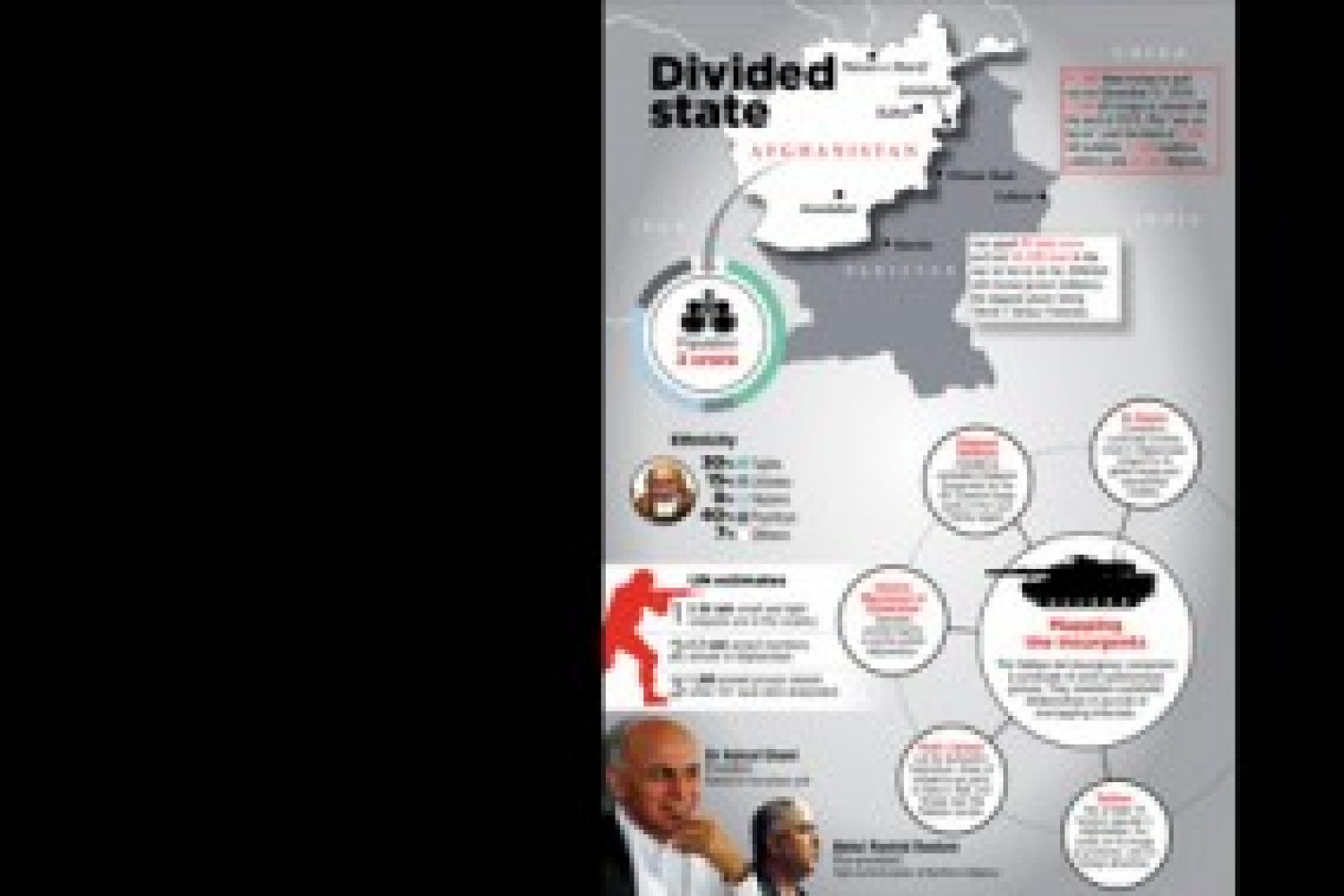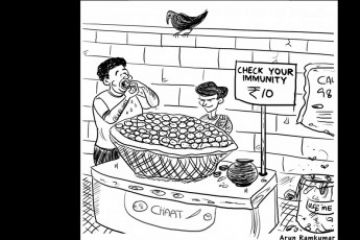
Amid an unending spiral of rebellion, Muhammad bin Tughlaq, a
heartbroken 14th century Delhi ruler of Turkic origin, lamented: “My kingdom is
diseased and no treatment cures it. If I suppress revolt in one place they
break out in another.” Contemporary Afghanistan is in a situation identical to
what Tughlaq endured six centuries ago.
Once a cradle of Hindu-Buddhist civilisation where religion,
culture and commerce grew in parallel, Afghanistan is now the exact opposite of
its ancient





